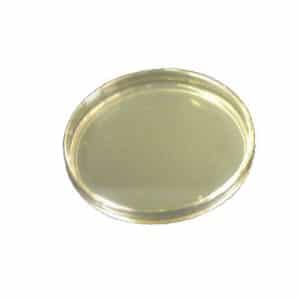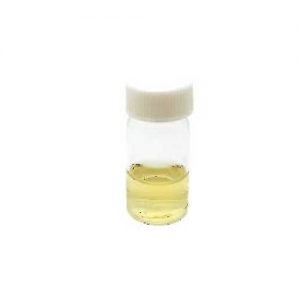Mueller Hinton Agar and Mueller Hinton Broth, Oxoid
Mueller Hinton agar (CM0337B) and Mueller Hinton broth (CM0405B) from Oxoid share almost the same medium composition. Both them contain dehydrated infusion from beef, casein hydrolysate and starch. The main difference between them is that Mueller Hinton agar contains a solidifying agent, agar powder. It causes the medium to solidify in room temperature, whereas Mueller Hinton broth that lack of this agar powder remains in liquid form.
What is Mueller Hinton Agar?
Mueller Hinton agar (Oxoid) is a culture media suitable for the isolation of pathogenic Neisseria species. With the addition of different supplements, it can be used for different Antimicrobial Susceptibility Testing (AST). For example:
| Supplement | Testing Organisms |
| Yeast, NAD and Haematin | Haemophilus influenzae |
| 5% defibrinated horse blood and 20 mg/L β-NAD | Testing fastidious organisms (specified by EUCAST) |
| Cefoperazone, trimethoprim, piperacillin and cycloheximide | Selective isolation of Arcobacter spp. from meats |
On top of that, the inclusion of starch in Mueller Hinton agar (Oxoid) acts as an important role to absorb the toxic factors found during growth. Moreover, the starch is essential to establish the growth from very small inocula.
How to prepare Mueller Hinton agar?
- Suspend 38g of your Mueller Hinton agar powder (CM0337B) in 1L of distilled water.
- Mix and dissolve them completely.
- Sterilize by autoclaving at 121°C for 15 minutes.
- Pour the liquid into the petri dish and wait for the medium to solidify. Be sure that you are preparing the agar in the clean environment to prevent any contamination.
Once the agar solidifies, the agar is ready to use.
** Here’s a tip for you to ensure that your prepared agar is sterile. You can incubate your freshly prepared agar in an incubator for a few days. If there aren’t any microorganisms grow on the agar, you are safe to use it, else, prepared again!
What are the storage condition and shelf life?
You have to store the dehydrated medium at 10-30°. It is advised to use before the expiry date on the label. Once you prepare the Mueller Hinton agar in the petri dish, store them at 2-8°C.
What is Mueller Hinton Broth?
Basically, the Mueller Hinton broth has an identical nutrient formulation with Mueller Hinton agar. The only difference is that Mueller Hinton Broth lack of the solidifying agent, the agar powder. It is recommended to use it for broth dilution MIC studies.
After sterilisation, you need to supplement the broth with divalent cations. The divalent cations include 10-12.5mg/litre of Mg2+ and 20-25mg/litre of Ca2+, as recommended by CLSI.
You might add lysed horse blood or thymidine phosphorylase to the broth. This can improve the MIC endpoints of sulphonamides and trimethoprim.
How to prepare Mueller Hinton broth?
- Add 21g of Mueller Hinton broth powder (CM0405B) in 1L of distilled water.
- Mix and dissolve them completely.
- Pour them into the final containers (eg. conical flask)
- Sterilize by autoclaving at 121°C for 15 minutes.
What are the storage condition and shelf life?
You have to store the dehydrated medium at 10-30°C. Moreover, it is recommended to use before the expiry date on the label. Once you prepare the Mueller Hinton broth medium, store them at below 25°C.
| Typical Formula * | Mueller Hinton Agar (gm/litre) | Mueller Hinton Broth (gm/litre) |
| Dehydrated infusion from beef | 300.0 | 300.0 |
| Casein hydrolysate | 17.5 | 17.5 |
| Starch | 1.5 | 1.5 |
| Agar | 17.0 | – |
| pH 7.3 ± 0.1 @ 25°C |
Differences between Mueller Hinton agar and Mueller Hinton broth
| Differences | Mueller Hinton Agar | Mueller Hinton Broth |
| Agar Composition | 15gm/lt | – |
| Type of Medium | Solid | Liquid |
| Containers Used | Usually in Petri Dish | Usually in Culture Bottles |





